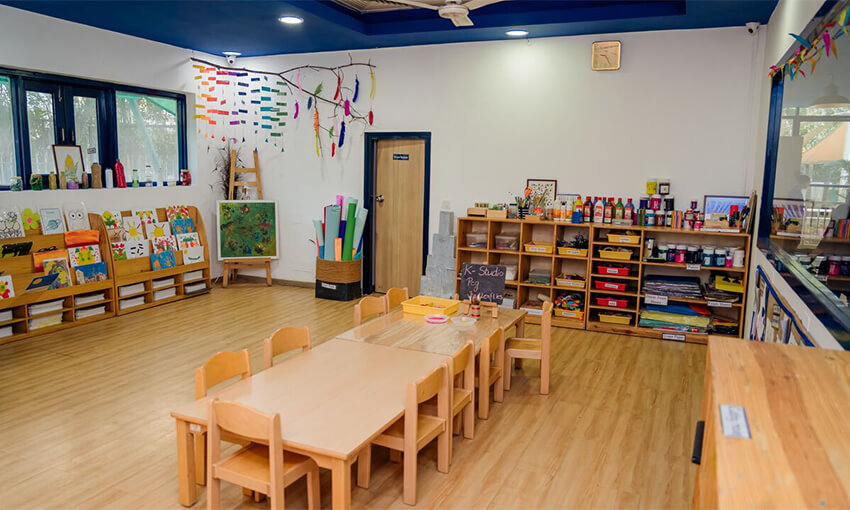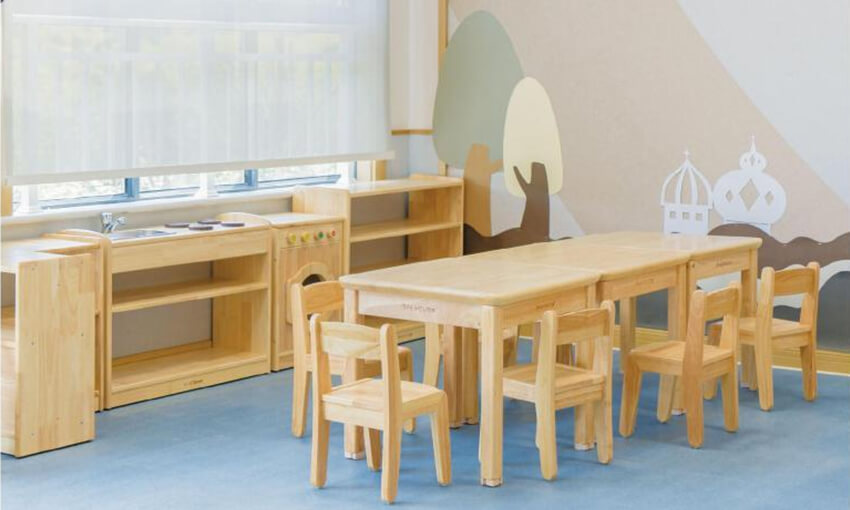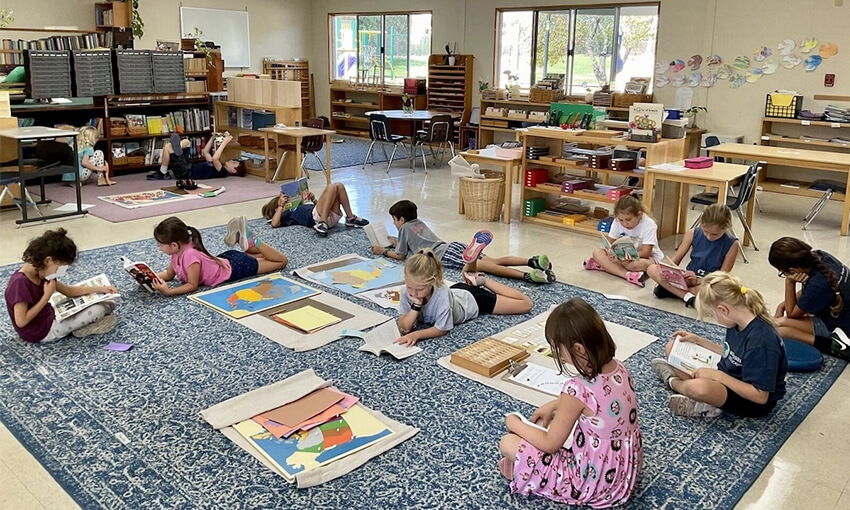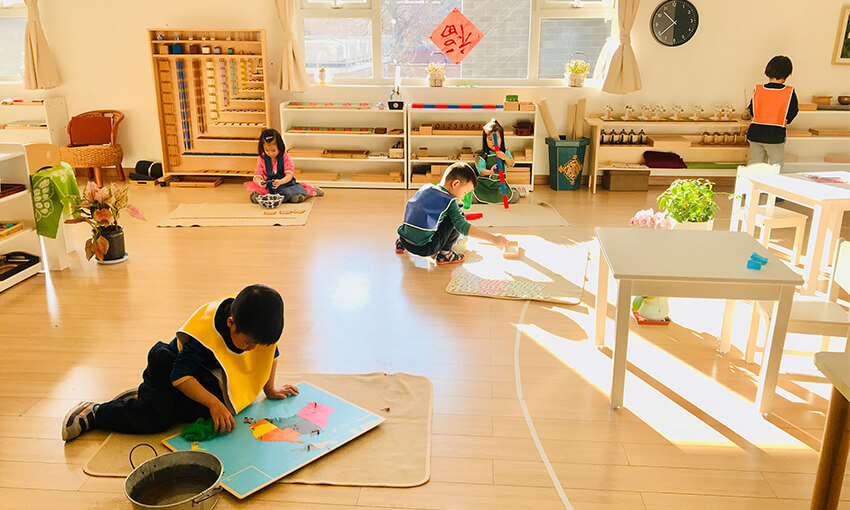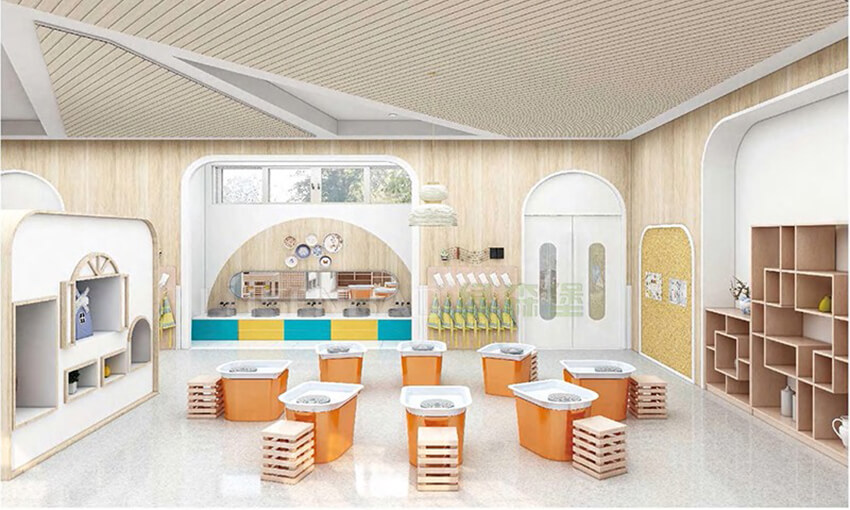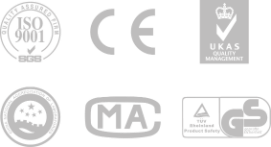Kindergarten Design Case Study
The Impact of Design: How Kindergarteners Learn Through Design-Led Studies
Design-led approaches have an important role to play in early childhood education. These kindergarten design cases study takes a closer look at how this approach helps young learners gain new skills and competencies in areas such as problem-solving, decision-making, and communication. The Impact of Design: How Kindergarteners Learn Through Design-Led Studies
Introduce Design Thinking Principles
Design thinking principles can be introduced at the kindergarten level, allowing young learners to get creative with their ideas. Through a multidisciplinary approach that involves art, engineering, and problem-solving elements, children learn how to think about their learning and develop solutions for different problems. The design process teaches kindergarteners to actively participate in their learning, which prepares them for later success in the classroom and in life.
Engage in Observational Research
Before introducing kindergarteners to the design process, educators should engage in observational research. Observing students in the classroom gives a clear picture of how they learn and allows teachers to gain insights into how best to engage their students. During the observation period, teachers can note what information is most successful for each student and tailor the design-led studies accordingly.
Develop Outcomes and Solutions Based on Findings
After the observation period, teachers can begin structuring the design-led process by developing outcomes and solutions based on their findings. They should focus on which types of activities are most successful and use this to create goals and problem statements for each student. Design lessons that solve a given problem or challenge, while aligning with each student’s specific needs. By providing age-appropriate activities, students can engage in creative problem-solving that sparks an innate curiosity in learning.
Prototype and Test Designs with Kindergarteners
Through a design-led approach, teachers and students are able to prototype and test ideas. Prototypes can be made from recycled materials, paper, stickers, or other craft supplies. Students can express their own ideas through artwork and engage in hands-on activities as they design and test potential solutions to the problem statement at hand. Once all of the prototypes are created, students can work together to assess the designs in order to make meaningful changes that will produce the desired outcome.
Refine Solutions and Move Forward With Found Ideas
To refine their designs, teachers, and students must go through a prototyping process. Students can use their prototype to test out different experiments and discover new ideas about the problem then share them with the class. Through evaluation, facilitators can highlight successful aspects of their designs and allow for constructive criticism from other students. Refining a wide range of solutions allows for more informed decision-making so kindergarteners can find the best possibility that solves the design challenge.

